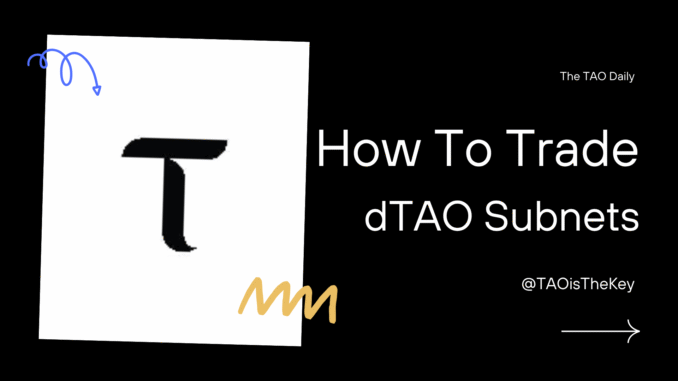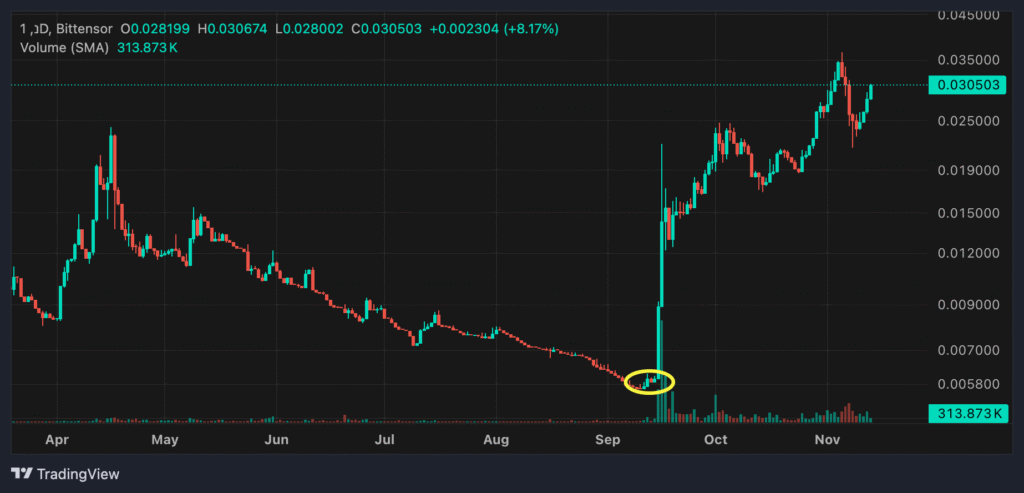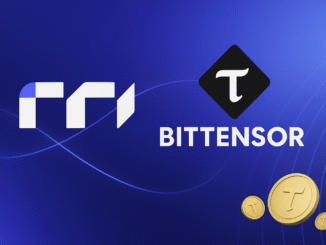
Note: This article is a repurposed version of TAOisTheKey’s tweet.
Trading in the Bittensor ecosystem is unlike any other crypto market. Each subnet represents a unique project with its own liquidity dynamics, catalysts, and growth curve. If you treat them like static “HODL” plays, you’ll likely miss the real money-making opportunities that come from understanding rotation and momentum.
Here’s the playbook I use when trading dTAO subnet tokens:
1. Don’t Marry Your Bags
One of the biggest mistakes traders make is emotional attachment. Take Chutes for example; it’s an awesome subnet, but its chart has gone straight down for months.

Imagine holding through that entire slide while other subnets are making new highs one after another. That’s dead capital.
Now, Chutes might finally be bottoming (I’m personally considering a small position again), but the key lesson remains: If the chart keeps bleeding, don’t hesitate to cut and rotate.
Capital preservation and flexibility matter more than loyalty.
2. Stay Plugged Into the Ecosystem
The Bittensor market is event-driven. Subnets can rally 2×–10× off a single announcement or shift in ownership.
Pay attention to:
- Key announcements (product launches, integrations)
- Subnet deregistrations or ownership changes
- Major partnerships or tokenomics updates

These are catalysts that drive real price movement. The traders who are in the know before or during these events are the ones who capture the biggest moves.
If you’re serious about subnet trading, make it your business to stay informed — follow the core builders, join subnet communities, and monitor updates in real time.
3. Be Decisive When the Move Starts
When a subnet starts to pop, hesitation kills gains.
If you see a project running, even if it’s already up 20% on the day, don’t overthink it. Strong subnets often trend for days or even weeks, offering multiple entry and exit opportunities.
Momentum in the Bittensor ecosystem tends to snowball because liquidity is thin and news spreads fast. When a subnet starts breaking out, that’s usually just the beginning.
4. Take Profits and Rotate Capital
This is the most important rule of all.
Whenever one of my bags pumps, I always take profits. No exceptions.
Then I do one of two things:
1) Re-enter the same subnet on a pullback if the fundamentals and trend still look good.
2) Rotate profits into another strong subnet that has recently corrected and where I already hold a position.
This rotation strategy compounds gains while keeping exposure fresh and diversified across the ecosystem.
Remember: the Bittensor subnet market is a rotating narrative. Capital moves where momentum and attention go. Ride the waves, don’t fight them.
Final Thoughts
Trading dTAO subnets isn’t about diamond-handing, it’s about reading the network, spotting flow, and moving with conviction.
Stay informed. Stay liquid. Be decisive. And most importantly, rotate smart.
That’s how you survive and thrive in the dTAO markets.




How exactly do you trade these subnets? Is this something you can do with a Schwab account? I’m guessing no that there is a specialized platform.